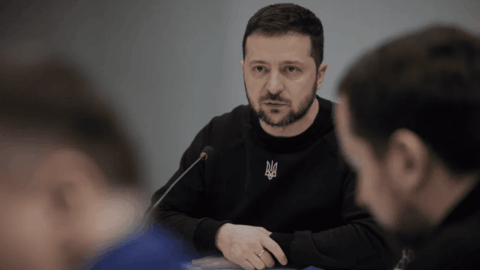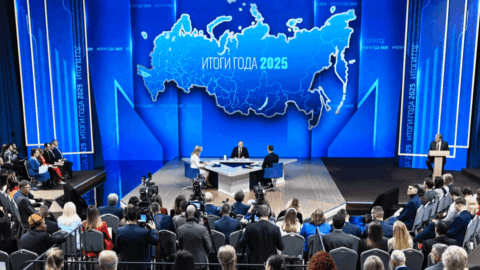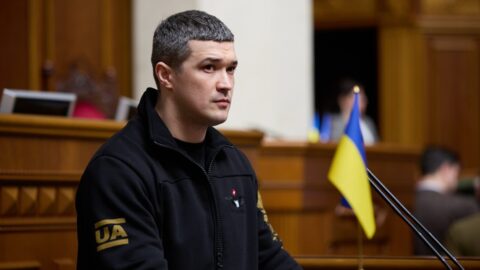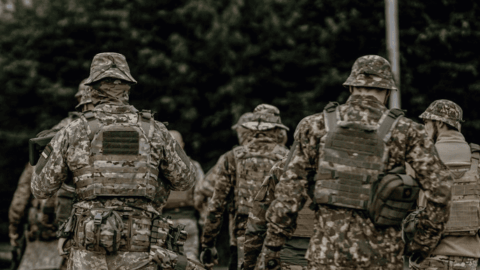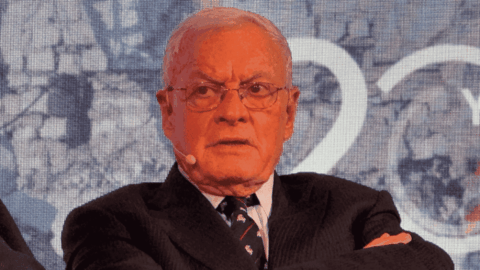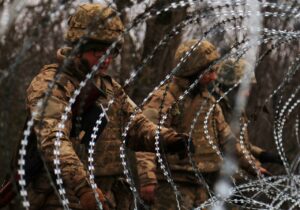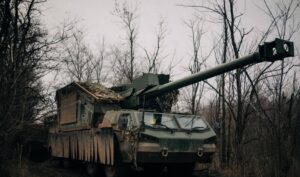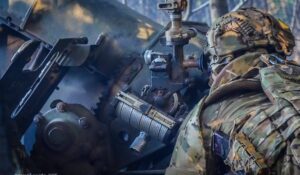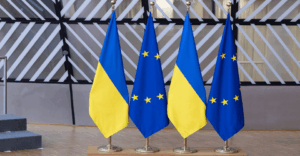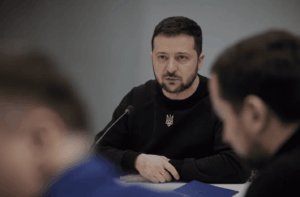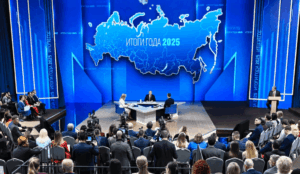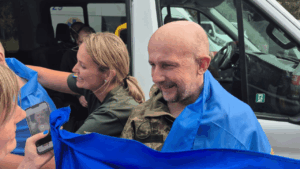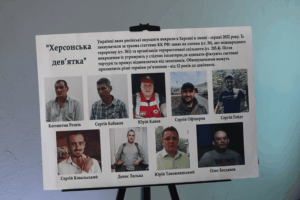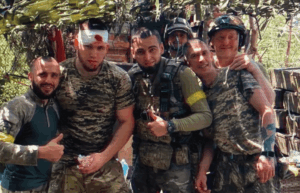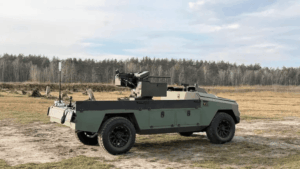Tomahawks won’t stop the war: warfare changed — attrition, hidden mobilization and manpower shortages; only large AI autonomous drone swarms and troops can halt Russia.
WHAT WILL REALLY STOP THE WAR?
Alexandr Kochetkov reveals.
In Ukraine, some kind of “Tomahawk-mania” has erupted: a supposed game-changer, how many they’ll deliver, what will strike, Moscow doomed, Petersburg too, and so on.
I’m tired of repeating: if they give them, it will be in quantities just enough to push Putin toward negotiations. At the same time, there is no – and cannot be – such an amount that would force Putin to unconditionally stop hostilities.
Even if Russia’s production of Shaheds, Iskanders, Kinzhal, Kalibr and other means of attack were completely destroyed, and 1,000 Tomahawks launched almost simultaneously could do that, the war would not end. Because the nature of the war has changed fundamentally.
The predominant situation is as follows: after attacks on Ukrainian positions from the air with KABs, small enemy assault groups under the cover of drones infiltrate on foot or on crude transport through our positions, accumulate and try to consolidate. Then the maneuver repeats, and thus the aggressor achieves a very slow, very costly advance. And in this scenario the enemy lacks only live (temporarily live) manpower – everything else exists and will exist.
That is precisely why Putin is planning a hidden mobilization in the form of a “call-up for reservist training.” And at the first stage such mobilization will proceed relatively successfully; there will be no noticeable protests in the pseudo‑empire, until coffins with reservists start returning by the tens of thousands. At the current rates of attrition of the aggressor, that will take about a year.
Therefore, destroying Russian factories that produce cruise and ballistic missiles and strike drones with Tomahawks, or “Flamingo,” or something else will ease life in our rear, but will not destroy the enemy’s ability to continue the war.
To stop the enemy, we also lack fighters, which is why our strongpoints have to be placed at distances that allow the enemy to slip between them. Our reservists have been fighting for a long time. Therefore, to replenish the Armed Forces we need to lower the conscription age, which understandably creates tension in society.
Increasing the number of our drones at the front only partially solves the problem, because again there are not enough qualified UAV operators. Our drones do not yet operate in a fully autonomous, human‑free mode. And only numerous autonomous swarms of drones governed by AI are capable of truly creating a “kill zone” and actually stopping the enemy.
If we continue to demonstratively eliminate designers with breakthrough, unconventional ideas, then Ukrainian swarms of drones will not appear at all. And Western ones will always be provided in insignificant numbers – as an instrument of politico‑military influence, not as a weapon of victory.
And Tomahawks – a great missile. For achieving U.S. goals, not Ukraine’s.
Tags: arms supplies debate conflict escalation long-range missiles military analysis Tomahawk missiles Ukraine 2025 ukraine war war realism


